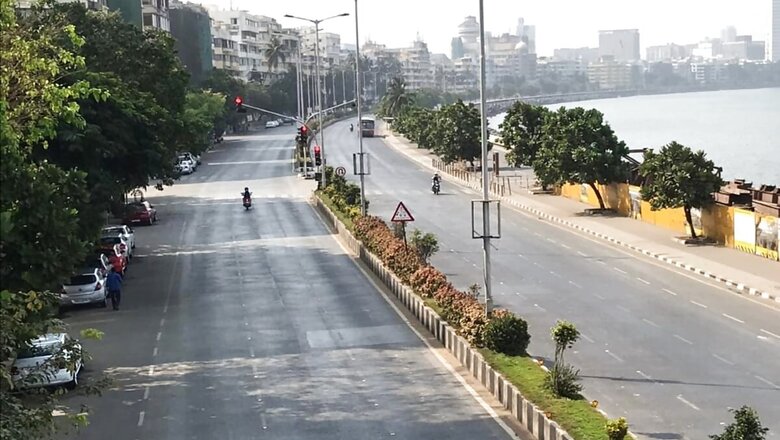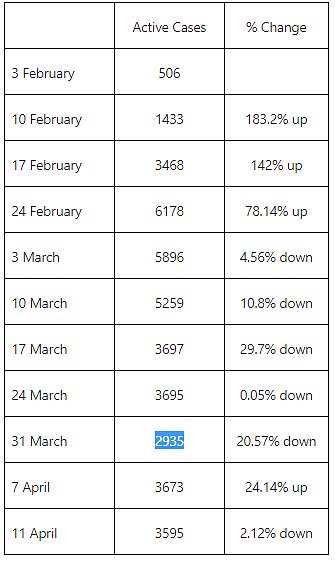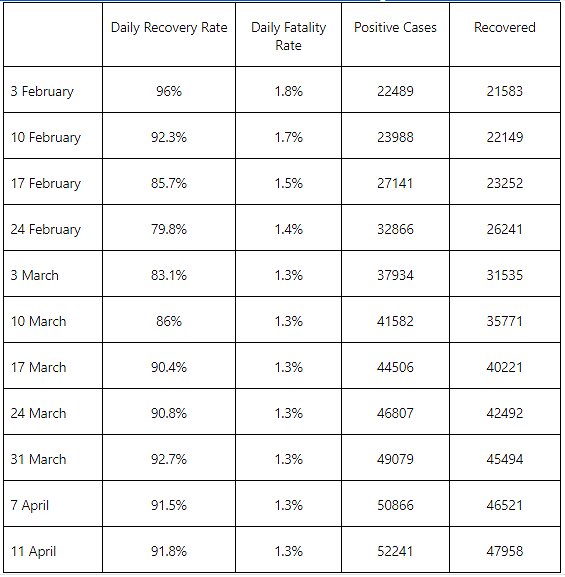
views
A strict lockdown of 15 days in Maharashtra was part of the discussion in the coronavirus meeting held by Chief Minister Uddhav Thackeray. During the meeting, examples of the Amaravati lockdown model for breaking the virus chain of transmission was cited.
Yashomati Thakur, the Guardian Minister of the district, in fact said Maharashtra could have avoided the rapid Covid-19 surge had it implemented the Amaravati model across the state earlier.
Amaravati in the state’s Vidarbha region saw a rapid Covid-19 surge in February. The active case load in the city was mostly in the range of 300 to 500 cases in January but after February 3, when active caseload was 506 cases, the district saw a rapid increase.
The number of active cases rose by 12 times between February 3 and February 26 when the district registered 6,740 active cases. When we see a daily rise in the active caseload data in the table below that quotes data on a week’s interval, we see the very high growth rate week after week in February.

The Maharashtra government first imposed a weekend lockdown on February 18 to break the chain of virus transmission but the effort failed. In the week between February 17 to 24, active caseload increased by over 78%, or 2710 new active cases were added. During the weekend lockdown, markets and public places were closed. Essential services were allowed to remain open and religious gathering was limited to five people only.
Stricter but not complete lockdown
It was followed by a stricter lockdown for seven days starting from February 22 to March 1, which was further extended for another one week from March 1 to March 8. The lockdown targeted mostly public gatherings while, at the same time, kept many industrial and economic activities out of the ban ambit.
Only shops selling essential commodities were allowed to open and people could buy daily items from 9 am to 5 pm. Schools, coaching institutions and all other public places were closed. All social, religious, educational cultural gatherings were banned.
Government offices and banks in the districts were allowed with just 15% of the manpower while goods transport and industries that were allowed to open earlier were kept out of the lockdown order. Hotels and restaurants could also sell parcels.
The lockdown successfully broke the chain of transmission. The week between February 24 and March 3 saw the active caseload decreased by 4.56% and the trend continued for next few weeks seeing a rapid decline in fresh case and active caseload data in the district. The week between March 3 and March 31 saw the share of active caseload in the district further coming down by 10.8% and the next week saw it further plummeted it by 29.7%. The trend further eased down pressure on the district authorities as they could easily manage the additional pressure due to the increased positive caseload data that initially reduced the recovery rate.

On February 3, the district had a recovery rate of 96% and fatality rate of 1.8%. With COVID surge, the recovery rate dramatically came down initially with rise in fresh cases and addition to the active caseload data as we can see from the table attached here. From touching a low base of 79.1% on February 26, the recovery rate started increasing after the stricter lockdown was put in place as we can see in the table above that shows daily changes in recovery rates post February 3. Currently, it has reached to the mark 92% level again. Reduced COVID cases in the district also brought down the fatality rate from 1.8% on February 3 to 1.3% on February 11.
After this stricter phase of lockdown ended on March 8, the Maharashtra government decided to discontinue it as the cases were declining. Although another stricter lockdown is still a possibility if number of infections increase in the district, the current daily fresh caseload data, which is the same low range the cases prevalent in the month of January, suggest otherwise.
Read all the Latest News, Breaking News and Coronavirus News here. Follow us on Facebook, Twitter and Telegram.

















Comments
0 comment